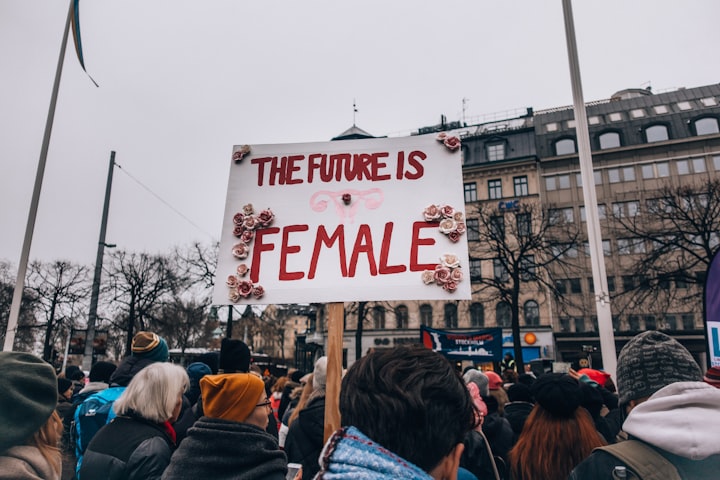How Women's Brains Differ from Men's Brains
Unpacking the Evidence for Unique Female Neurology in the Ongoing Nature vs. Nurture Debate

The idea that women's brains are structured differently than men's brains has been a topic of scientific debate for decades. While there is no conclusive evidence to suggest that women's brains are inherently different from men's brains, some studies have shown that there are differences in the way that men's and women's brains are structured and function.
One of the main differences between men's and women's brains is in the size and shape of certain regions. For example, studies have shown that women tend to have a larger corpus callosum, which is the structure that connects the left and right hemispheres of the brain. This may allow women to process information more quickly and efficiently across both hemispheres, which could explain why women tend to be better at multitasking and communication.
Another difference between men's and women's brains is in the distribution of gray matter and white matter. Gray matter is the part of the brain that contains the cell bodies of neurons, while white matter is the part of the brain that contains the axons and dendrites, which allow neurons to communicate with one another. Studies have shown that women tend to have a higher percentage of gray matter in certain areas of the brain, such as the prefrontal cortex and the limbic system, which are involved in decision-making, emotion regulation, and social processing.
White matter is a crucial component of the brain's communication system, allowing neurons to transmit signals across different parts of the brain and the body. Men's higher percentage of white matter in certain areas of the brain may provide them with an advantage in certain tasks that involve spatial reasoning, motor coordination, and emotional processing.
For example, studies have shown that men tend to have better spatial awareness and are better at mentally manipulating objects in three-dimensional space. This ability may be related to the larger amount of white matter in the parietal cortex, which is the area of the brain that is responsible for spatial processing and attention.
Similarly, men also tend to be better at physical coordination and sports, which may be related to the larger amount of white matter in the amygdala, which is the area of the brain that is responsible for processing emotional information and coordinating physical responses. This may allow men to react more quickly and efficiently to visual and auditory cues in fast-paced environments, such as during a soccer game or a basketball match.
However, it is important to note that these differences are not absolute, and that individual variations within each gender are far greater than any differences between the genders. Additionally, the relationship between brain structure and behavior is complex and multifaceted, and it is not always clear how differences in brain structure translate into differences in behavior.
Despite these differences, it is important to note that there is significant overlap between men's and women's brains, and that individual differences within each gender are far greater than any differences between the genders. Additionally, the idea that men's and women's brains are fundamentally different has been used to justify gender-based stereotypes and discrimination, which has led to significant harm and inequality.
It is important to acknowledge that the scientific research on gender-based brain differences is still evolving, and that many of the differences that have been observed are small and highly complex. Moreover, gender is just one of many factors that can influence the structure and function of the brain, and other factors such as age, genetics, and environment also play a crucial role.
Unfortunately, gender-based stereotypes and discrimination continue to persist in many aspects of our society, from the workplace to the media to everyday interactions. These stereotypes can be harmful, not only to the individuals who are directly affected by them, but also to society as a whole, by limiting opportunities and stifling diversity.
Instead, we should work towards creating a more inclusive and equitable society, where individuals are valued for their unique abilities and contributions, regardless of their gender. This can involve a variety of strategies, from promoting gender diversity in the workplace, to challenging gender-based stereotypes in the media, to encouraging young girls and women to pursue careers in traditionally male-dominated fields.
By recognizing and celebrating the unique abilities and strengths of each individual, and by working towards creating a more inclusive and equitable society, we can break down gender-based barriers and empower everyone to reach their full potential, regardless of their gender.
About the Creator
thingsandstuffzy
Writing about things that people should know about because they need to know about things. Isn't this exciting?






Comments
There are no comments for this story
Be the first to respond and start the conversation.